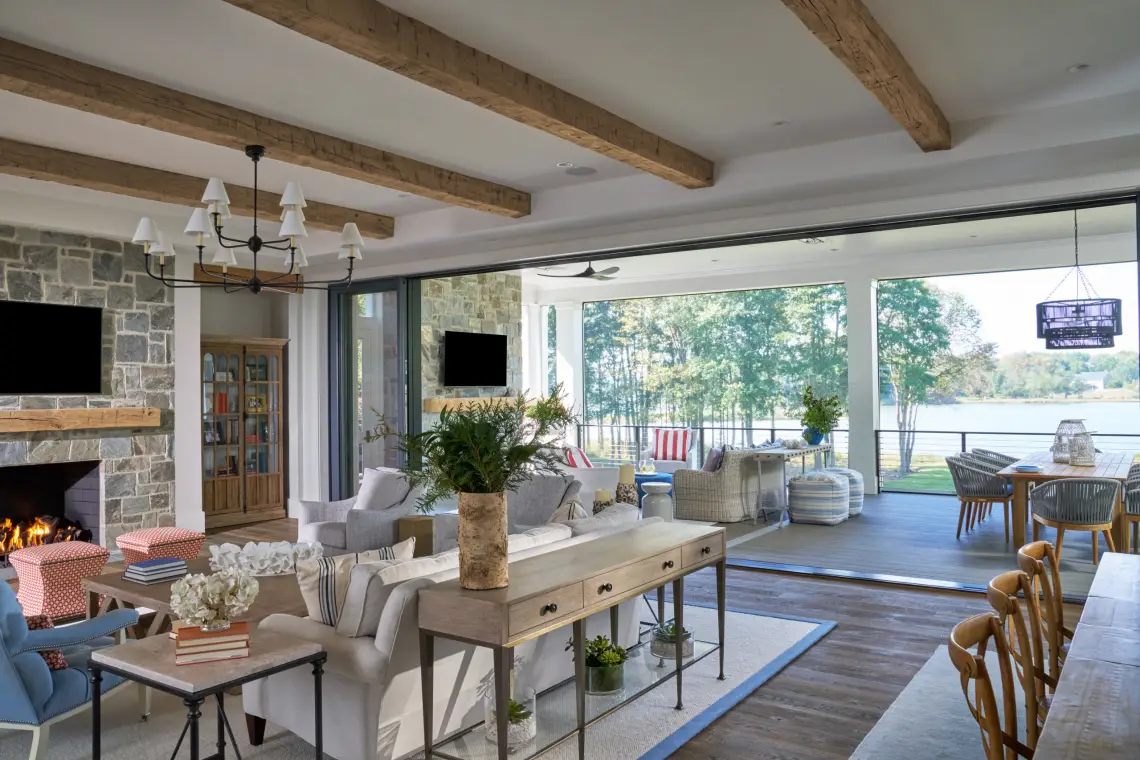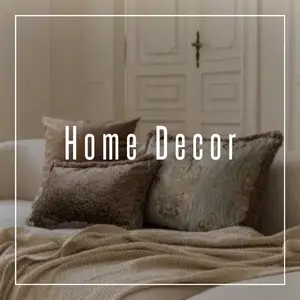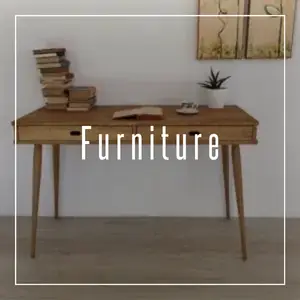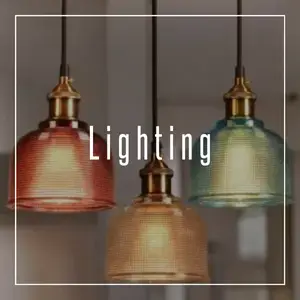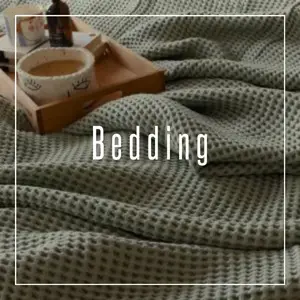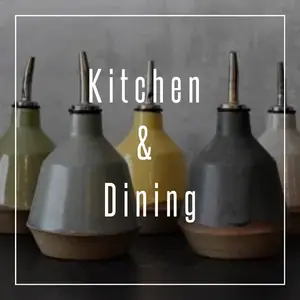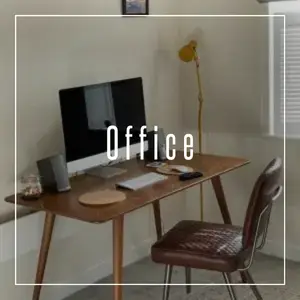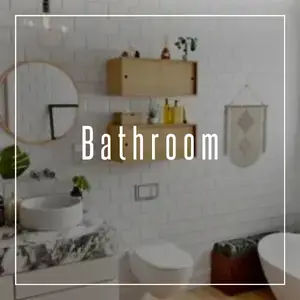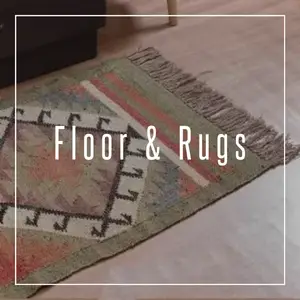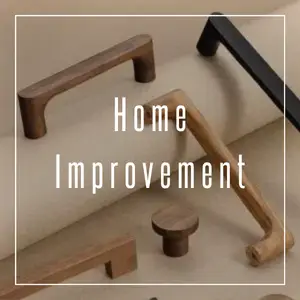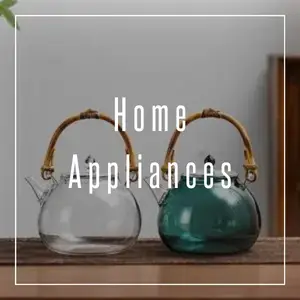As we venture into 2025, the world of home design is embracing a perfect balance between modern innovation and timeless elements. This year, homeowners prioritize sustainability, comfort, and self-expression in their living spaces. From color schemes to structural details, here are the top 10 home design trends you don’t want to miss.
1. Nature-Inspired Color Palettes
Biophilic design continues to flourish in 2025, with color palettes inspired by nature at the forefront. Earthy tones like moss green, terracotta, clay, and soft blues replace stark neutrals and grays. These colors evoke a sense of calm, grounding, and connection to the environment.
To incorporate this trend, consider painting an accent wall in a soft sage green or adding terra-cotta planters and clay pottery to your decor. Combine these tones with natural materials like wood and rattan for an even more cohesive look. Pairing these colors with neutral creams or off-whites will balance the warmth and keep the room light and airy.


2. Statement Stone Features
Stone is no longer just a functional material—it’s a showstopper in 2025. Expect to see natural stone, particularly marble, soapstone, and travertine, making bold appearances in countertops, backsplashes, and even furniture. What’s new this year is the focus on stones with dramatic veining or unique textures that act as art pieces within the home.
For example, a marble kitchen island with striking dark veins or a coffee table carved from travertine can become the centerpiece of the room. Pairing these statement pieces with minimalist surroundings lets the natural beauty of the stone shine without overwhelming the space.


3. Curved Silhouettes
Curves are back and bigger than ever, softening the overall look of modern homes. Instead of sharp, angular furniture or architectural features, 2025 homes are embracing arches, rounded furniture, and organic shapes. This trend creates an inviting, comfortable atmosphere while adding a touch of whimsy to interiors.
Look for curved sofas, circular coffee tables, and rounded cabinetry edges. In architecture, arched doorways and window frames can add an elegant and timeless vibe. This shift from rigid lines to flowing shapes makes homes feel more harmonious and approachable.


4. Multifunctional Spaces
With hybrid work here to stay, multifunctional spaces are becoming a must. People are looking for rooms that can adapt to their needs, whether it’s a home office that doubles as a guest room or a dining area that transforms into a workspace.
Innovative solutions like foldaway desks, murphy beds, modular furniture, and room dividers are key elements of this trend. For small spaces, think about incorporating storage solutions that maximize functionality without sacrificing style. Built-in shelving, sliding doors, and convertible furniture are excellent ways to make every square foot count.

5. Sustainable Materials and Practices
Sustainability is no longer just a buzzword—it’s a driving force behind design decisions in 2025. Homeowners are seeking eco-friendly materials like bamboo, cork, and recycled glass, as well as reclaimed wood furniture that adds a sense of history to a space.
In addition to materials, energy-efficient appliances and passive design elements, such as large windows for natural light and cross-ventilation, are gaining popularity. Investing in solar panels or rainwater harvesting systems can also enhance sustainability. By choosing products and methods that minimize environmental impact, you’ll create a space that’s both beautiful and responsible.

6. Vintage and Retro Revival
Nostalgia is alive and well in 2025, as vintage and retro designs make their way back into homes. From the warm tones of the 1970s to the sleek lines of mid-century modern furniture, this trend blends the charm of the past with modern sensibilities.
To embrace this style, look for one-of-a-kind vintage pieces at flea markets or secondhand stores. A retro bar cart, a velvet armchair, or an abstract rug with bold patterns can bring character to any room. Don’t be afraid to mix eras—pairing a vintage sideboard with contemporary art, for example, can create a unique and curated look.

7. Smart Home Integration
Technology is becoming more seamlessly integrated into home design than ever before. In 2025, smart home features go beyond functionality to become an invisible yet essential part of daily life. From smart lighting that adjusts to your mood to refrigerators that monitor your groceries, automation is making homes more efficient and personalized.
For example, voice-activated blinds, touchless faucets, and AI-powered security systems make life easier while blending into the overall design. The key is to prioritize smart devices that enhance your lifestyle without feeling intrusive or overly complex.

8. Maximalist Moments
Minimalism takes a backseat as maximalism steals the show in 2025. This trend is all about layering bold patterns, rich textures, and vibrant colors to create spaces that are full of personality and charm.
To incorporate maximalism, consider a gallery wall of eclectic artwork, a velvet sofa in a jewel tone, or patterned wallpaper in a small nook. The key is to balance the boldness with intentionality—choose pieces that bring you joy and tell your unique story. This trend is perfect for those who want to showcase their individuality and make a big impact.

9. Outdoor Living, Elevated
The outdoor living trend isn’t new, but it continues to evolve in 2025 with a focus on creating luxurious yet functional outdoor spaces. Outdoor kitchens, complete with grills, sinks, and mini-fridges, make entertaining a breeze, while cozy fire pits and weatherproof furniture extend the use of outdoor spaces year-round.
To elevate your outdoor living area, consider pergolas draped with string lights, lush container gardens, and rugs designed for outdoor use. Incorporating elements like outdoor heaters or retractable awnings can make the space comfortable no matter the weather.

10. Wellness-Centric Design
In 2025, wellness will be a top priority in home design. Homes are being designed to nurture mental and physical health, with features like spa-inspired bathrooms, meditation corners, and the incorporation of biophilic elements like plants and natural light.
For instance, a bathroom with a rainfall shower, freestanding tub, and natural stone finishes can serve as a personal retreat. Adding air-purifying plants like peace lilies or snake plants can improve indoor air quality while bringing a sense of calm. The goal is to create a home environment that fosters relaxation, mindfulness, and overall well-being.

Final Thoughts
The home design trends of 2025 reflect a deeper connection to sustainability, individuality, and wellness. Whether you’re planning a full-scale renovation or looking for small updates, these ideas can inspire you to create a home that’s as stylish as it is functional.
Which of these trends resonates with you the most? Share your thoughts in the comments and let us know how you’re planning to update your space this year!
Also Read:
• Bold and Beautiful: Maximalism Home Design’s Role in 2025
• Japandi Style: The Perfect Blend of Japanese Minimalism and Scandinavian Comfort

